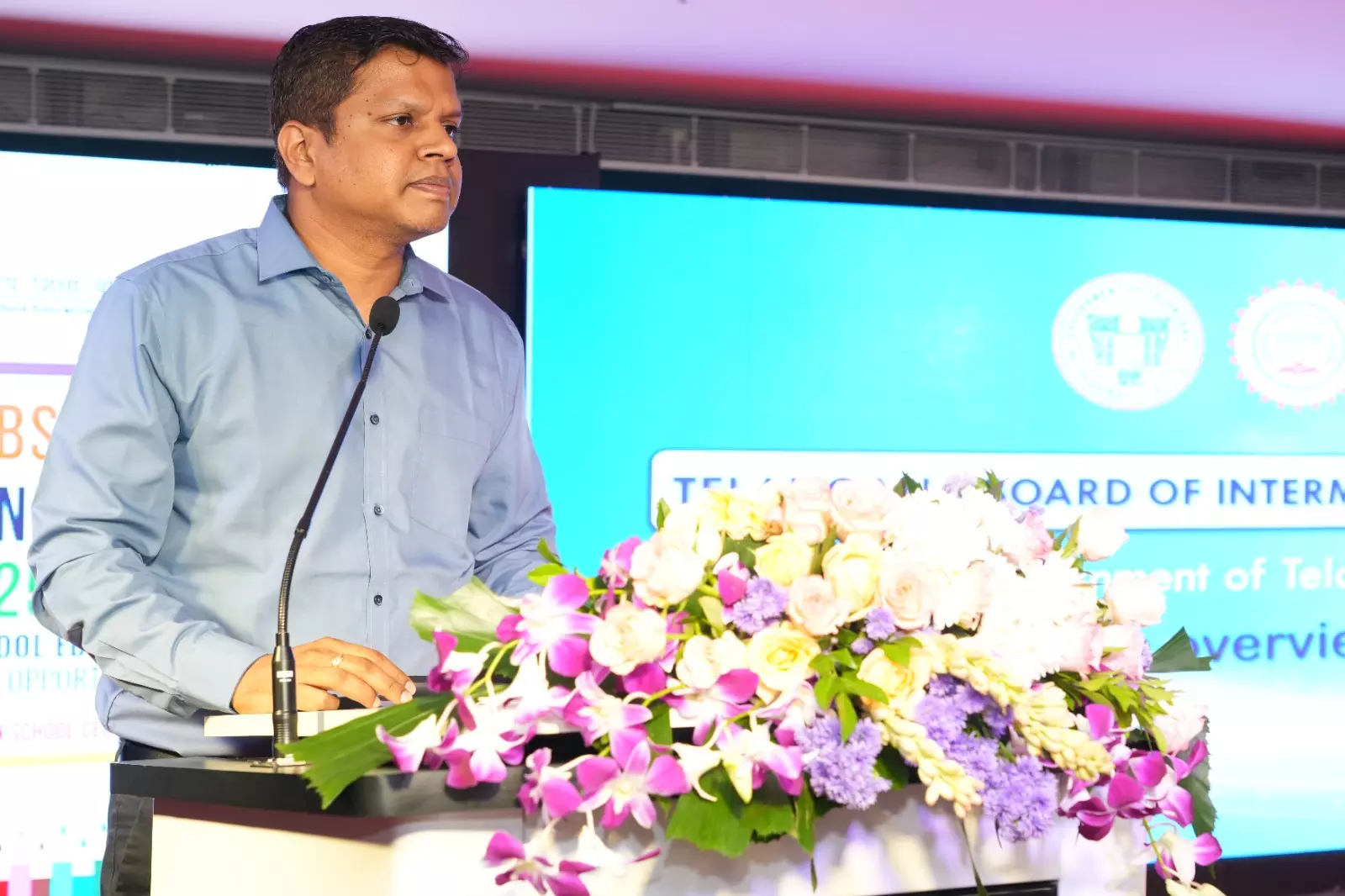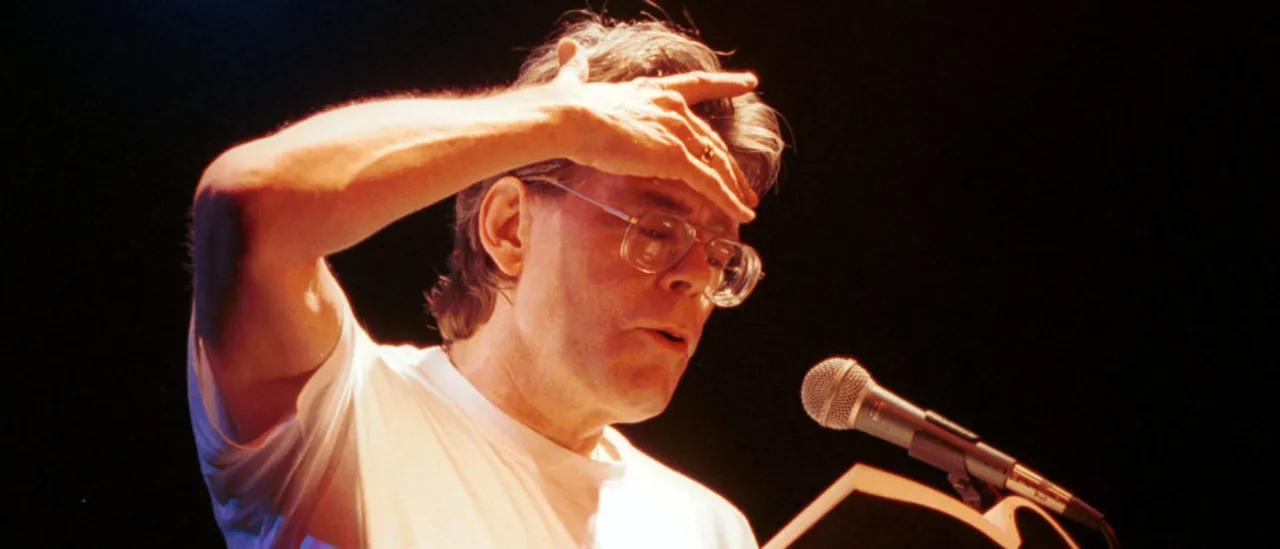Copyright deccanchronicle

Hyderabad:About 10 lakh students in Telangana’s intermediate education system are now being tracked through digital attendance, CCTV cameras, and automated alerts, said director of Intermediate Education S. Krishna Aditya at the Council of Boards of School Education (COBSE) conference hosted by CISCE in Hyderabad. He explained how a state once struggling with patchy attendance and opaque examination systems now operates through an automated network of cameras, biometric systems, and parent notifications.Telangana’s intermediate system serves nearly 10 lakh students in Classes XI and XII. Of them, 62 per cent study in private corporate colleges, while government junior colleges and state-run Gurukulams account for about 19 per cent each. Aditya oversees both networks, 430 government junior colleges with 1.7 lakh day scholars and 268 residential Gurukulams that house another 1.7 lakh students.“My job is to revise the syllabus, affiliate institutions, and maintain the sanctity of the examination process,” he said, adding that his team has spent the last eleven months restructuring how every stage of evaluation is monitored.He outlined a detailed audit trail for examinations beginning inside laboratories. Around 2,000 practical centres are now equipped with two-way CCTV cameras linked to a 100-seat command and control room in Hyderabad, with nearly 8,000 cameras covering all 33 districts. “Each evaluator’s attendance is recorded through facial recognition and biometric entry so that we know exactly who is at the desk and for how long,” he said.The system, developed with TCS and the state’s computing division, assigns unique IDs to 40,000 invigilators and staff, recording everything from attendance to payment on a single portal.Parents of 10 lakh students now receive automated messages about exam dates, hall tickets, and centres. A five-seat call centre has handled over 30,000 exam-related calls since December, while the Tele-MANAS helpline received 9,000 calls from anxious students between January and March. Aditya clarified that “the idea is not surveillance but support.” He added, “If students know that their work is being watched and valued, they will spend more time improving their skills.”The same digital system now extends to classrooms, all 430 government colleges are fitted with CCTV cameras in labs and classrooms. Daily attendance is recorded through facial recognition, and parents receive WhatsApp alerts about their child’s presence or absence. Around 97.5 per cent of families are connected digitally, while staff visit the remaining 5,000 homes in person every day. “This direct line with parents helps us keep students in school,” he said.Alongside surveillance and automation, the department has made major physical investments, ₹100 crore for building repairs, ₹150 crore for new constructions, and ₹40 crore for digital equipment. Physics Wallah and Khan Academy modules are taught for one hour daily in all colleges, using interactive panels and video-conferencing facilities, even in institutions 200 km from Hyderabad.Syllabus revision now follows the CBSE 80:20 model, combining activity-based learning, QR-coded study material, and practical sessions for first-year students. Certificates are being redesigned on non-tearable, fire-resistant paper with QR codes. Weekly sessions in yoga, sports, and lab work have also been made compulsory to balance rigorous exam preparation.Junior lecturers have begun visiting nearby Zilla Parishad high schools to inform Class IX and X students about facilities in government colleges. This outreach has already raised enrolment from 83,000 to 92,000 this year, with a target of 1.2 lakh next year.Aditya, who earlier served seven years in tribal districts, called this transformation “a continuous process.” “It takes time,” he said, “but the direction is right.”



